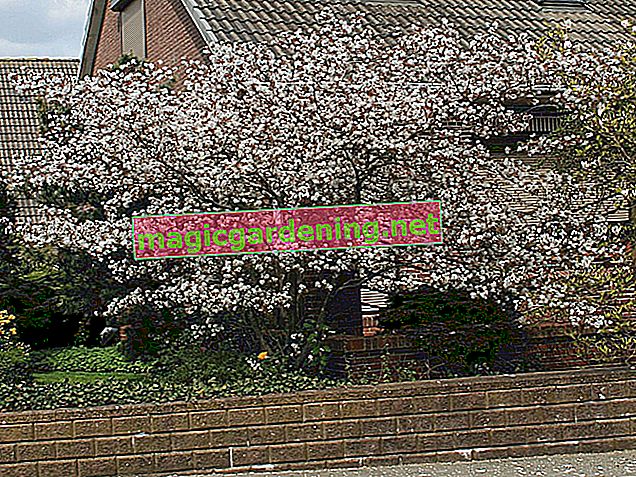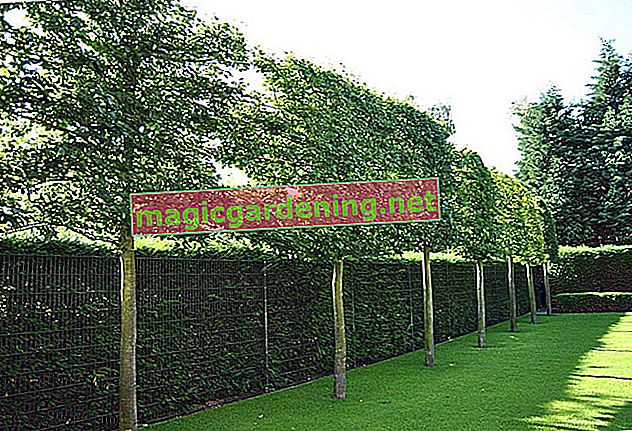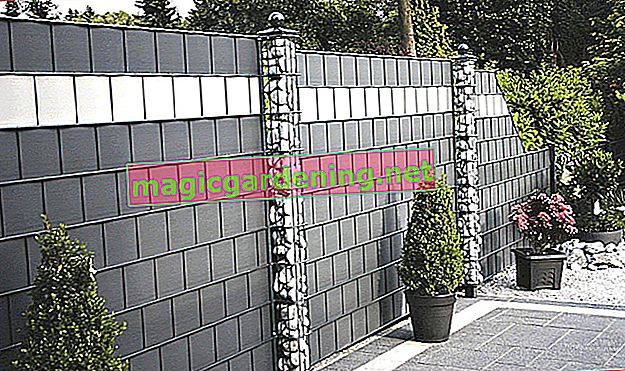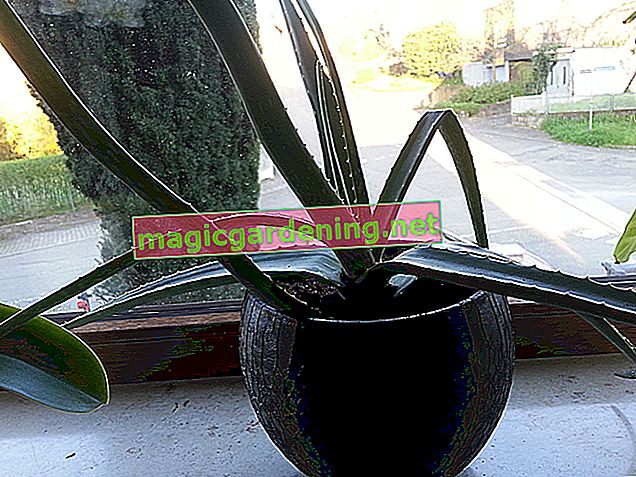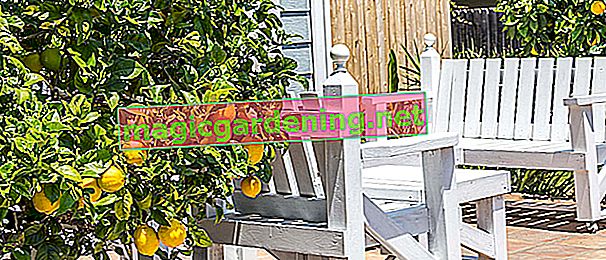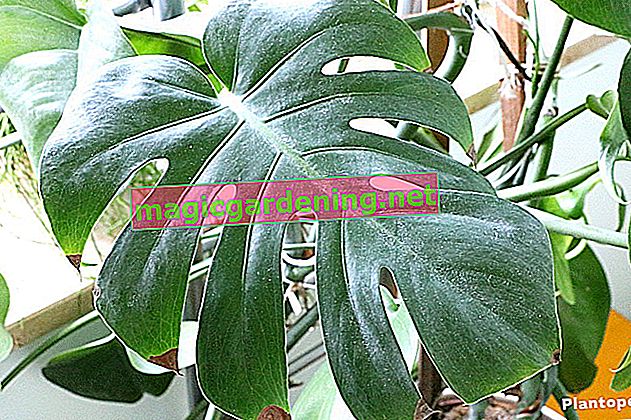
Tool list
In order for the work to go well, you should have the right tools at hand:
- stable, sharp spade
- Digging fork
- Weed film
- Mulch material
- Weed cutter
- mowing machine
- Mulch paper or newsprint
- Gas burner
also read
- Tips and tricks on how to remove weeds effectively
- Seven great tips on how to remove weeds naturally
- Effectively remove weeds with hot water
Carefully dig up the beds
If you want to create a new bed or if weeds have gained the upper hand on a bed area, you should make the effort and dig up the entire area once. In the bed
You bring grown lawn and weed seeds deep underground, where everything slowly rots to humus. Root weeds, on the other hand, are carefully selected because fresh green develops in these plants from even the smallest root remains.
Trench - because twice is better
The deep digging (rigolen, deep culture) is recommended when creating new beds. The earth is not only dug up by a spade blade, but two spade blades. As a result, the green of weeds and lawn gets particularly deep into the ground. The weed seeds contained in the top layer also migrate downwards and can no longer open due to the lack of light.
Caution: You should not enter deeply loosened beds, as this will compact the laboriously loosened soil again. Therefore, create narrow, longer beds, the middle of which you can easily reach.
Dark foils do not allow the seeds to germinate
Like all plants, weeds need a lot of light for them to grow. If you have a little patience and do not want to plant the bed immediately, you can spread a dark tarpaulin over the ground and attach it to the corners with earth hooks or stones. As a result, the plants reliably perish, rot and form a valuable layer of mulch.
Weed control, a great helper in the fight against weeds
However, weed seeds remain germinable for a long time under the film. If weeds have already become very common, it is therefore advisable to also use special weed fleece when creating the bed.
- Cover the weed-cleared and thoroughly loosened bed with the fleece and fix it with plastic anchors.
- Cut a cross in the fleece at the places where plants will be planted.
- Put the plants in and place the fleece tightly around the plant again so that weeds cannot sprout at this point either.
- So that the weed fleece (€ 28.90 at Amazon *) visually blends in with the natural environment, you can then cover it with a thin layer of mulch or soil.
Mulch reliably suppresses weeds
If the bed is already planted and regular weeding becomes Sisyphean work, you can suppress weeds effectively with a layer of mulch. The following are suitable as mulch material:
- Lawn and tree pruning
- Vegetable residues
- Green manure plants
- leaves
- Bark mulch
- Bark compost
- Wood chaff
- Miscanthus chaff (shredded Chinese reed)
- straw
- Pine bark
- River gravel or grit
The mulch layer not only has a weed-inhibiting, temperature-regulating and moisture-regulating effect. It also prevents weed seeds from germinating. In addition, the organic material slowly decomposes and enriches the soil with humus.
Cover with mulch or newspaper
Covering with newspaper or mulch paper will also suppress the growth and germination of weeds. Especially in the vegetable patch, special mulch paper is the means of choice, which has also proven itself in commercial cultivation and on very large bed areas.
It slowly rots after about six weeks, but the weed-suppressing mulching effect persists for about three months. The material is simply dug under in autumn and forms valuable humus.
In exceptional cases, you can also use newspaper. However, the paints contain heavy metals that get into the soil as they rot. Use newspapers with caution.
Remove weeds from the lawn
If you have to remove large areas of weeds such as dandelions from the lawn, you should not just pull them up. If some of the taproots remain in the ground, the plants develop over and over again. For this reason, prick the roots deeply with a weed cutter. Although this is tedious for large areas, it brings the desired success in the long term.
You should mow regularly to prevent weeds from spreading in the lawn. As a result, weeds are weakened and cannot form seed heads that would cause further spread.
Remove weeds from patios and paths
Here, too, weeds will find the best growing conditions if you don't keep reaching for the joint scraper. With a gas burner, these can be flamed effortlessly and in a relatively short time. However, this only destroys the superficial green, the roots protruding deeper usually sprout again quickly.
In the long term, it makes more sense to first thoroughly remove all weeds from the crevices. If you then sweep this again with special joint sand against weeds, weeds can no longer settle.
Tips
Digging up is not only a good measure in the fight against weeds, but also in matters of snail control. The clutches are destroyed and brought deep underground, where they inevitably die.

